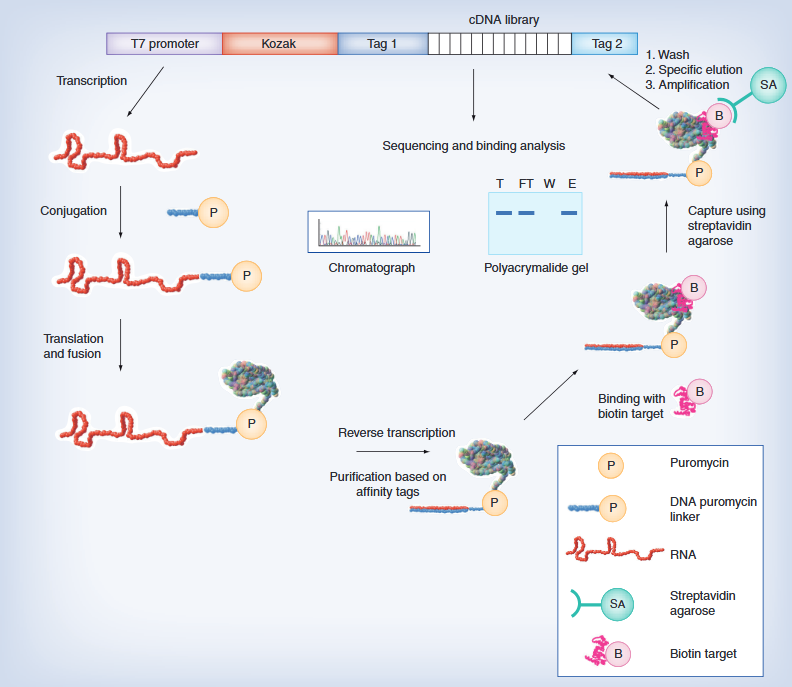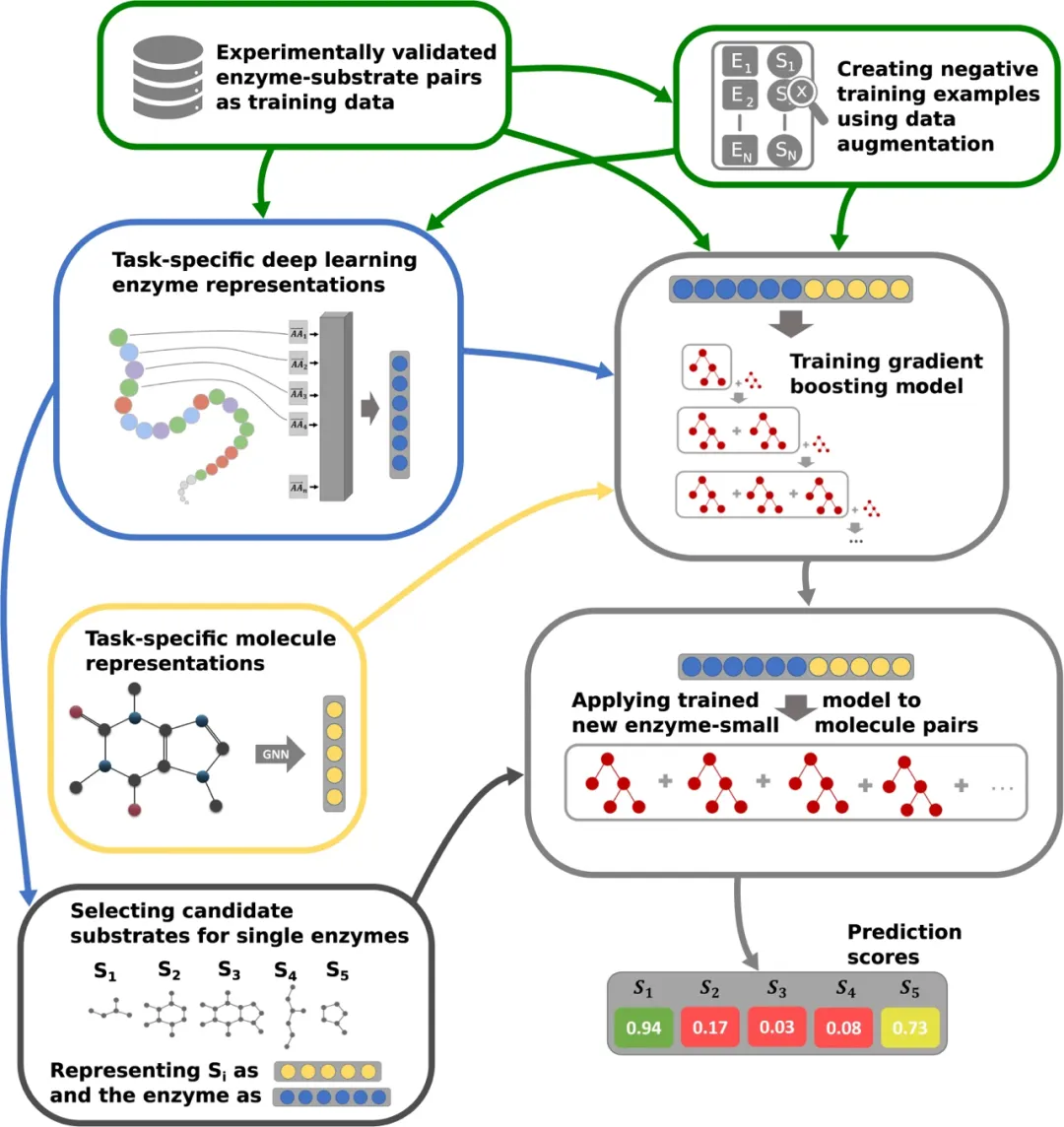RNA interference (RNAi) based biopesticides are considered a disruptive technology in the field of plant protection in the future, which will greatly change human thinking and strategies for controlling harmful organisms such as agricultural diseases, insects, and grasses. Although it has not yet been widely used, the cost of RNA production is high, and the amount of pesticide used in the field is too large. How to solve the contradiction between the two is a practical problem faced by the future application of RNAi biopesticides.
Recently, the Spanish National Research Council (CSIC) and Valencia University of Technology have developed more cost-effective ultra short amiRNA precursors based on artificial microRNA (RNAi) technology, with a length of only 89nt. The shorter length leads to its more effective synthesis in vitro or in bacteria for local application in plants, which may accelerate the development of next generation crop RNAi treatment methods that comply with international regulations.

Research contents
AmiRNA is a computationally designed 21 nt miRNA that can inhibit post transcriptional gene expression in plants and animals. Therefore, AmiRNA is used as a biotechnology tool for functional genomics and crop improvement.
However, the current limitation of amiRNA technology is the use of relatively long precursors (mainly based on full-length pri miRNA sequences) to produce amiRNA in vivo, and the need to genetically modify the plant genome using amiRNA transgenes, which can lead to concerns about transgenes. Therefore, reducing the length of precursors and avoiding the risk of genetically modified organisms will be the key to their large-scale application.
Researchers systematically analyzed the minimum structure and sequence requirements for producing effective amiRNA from the 521 nt long AtMIR390a precursor, and then functionally screened a large number of miRNA constructs targeting endogenous genes and artificially shortened precursors based on MIR390 that instantaneously express the magnesium chelatase subunit CHLI subunit. They concluded that efficient and precisely processed amiRNA can be produced from only 89 nt of chimeric precursors.
This’ smallest ‘precursor includes the complete BS region of pri AtMIR390a (without additional ssRNA fragments) and the DSL region derived from rice MIR390 (OsMIR390) (with 2-nt deletion), which can silence CHORINE42 (AtCH42) or FLOWERING LOCUS T (AtFT), leading to bleaching and late flowering phenotypes, respectively.
Next, an amiRNA vector was constructed using potato virus X (PVX) and inoculated into Bensom tobacco using Agrobacterium infiltration. The results showed that it could trigger amiR-VIGS in Bensom tobacco in a non transgenic, DNA free manner.
Summary
Finally, the researchers pointed out that the shc-MIR390 precursor constructed in the article is the shortest among all amiRNA precursors tested in plants to date, much shorter than its parent pri-AtMIR390a precursor. This will bring three advantages: 1) more stability and retention in the virus genome for a longer period of time; 2) Shorter amiRNA precursor sequences will reduce the cost of producing amiRNA constructs; 3) The smallest amiRNA precursor can be more effectively synthesized on a large scale in vitro or in bacteria, and applied locally in plants.









